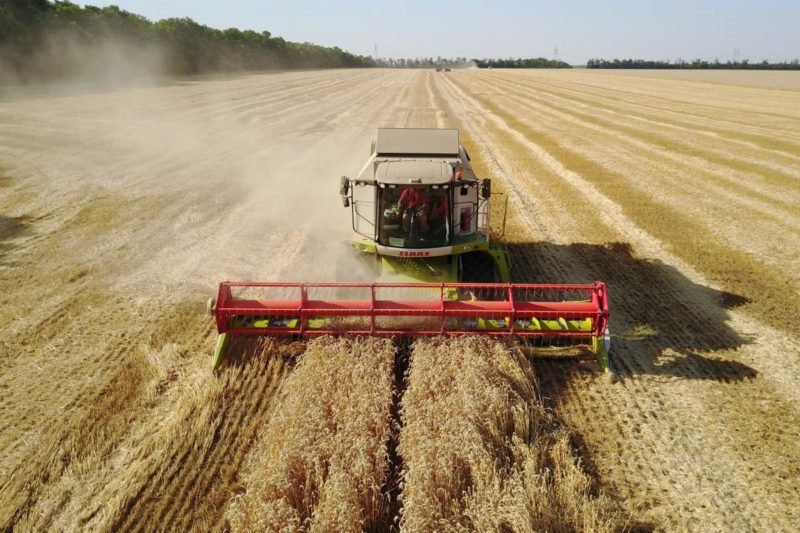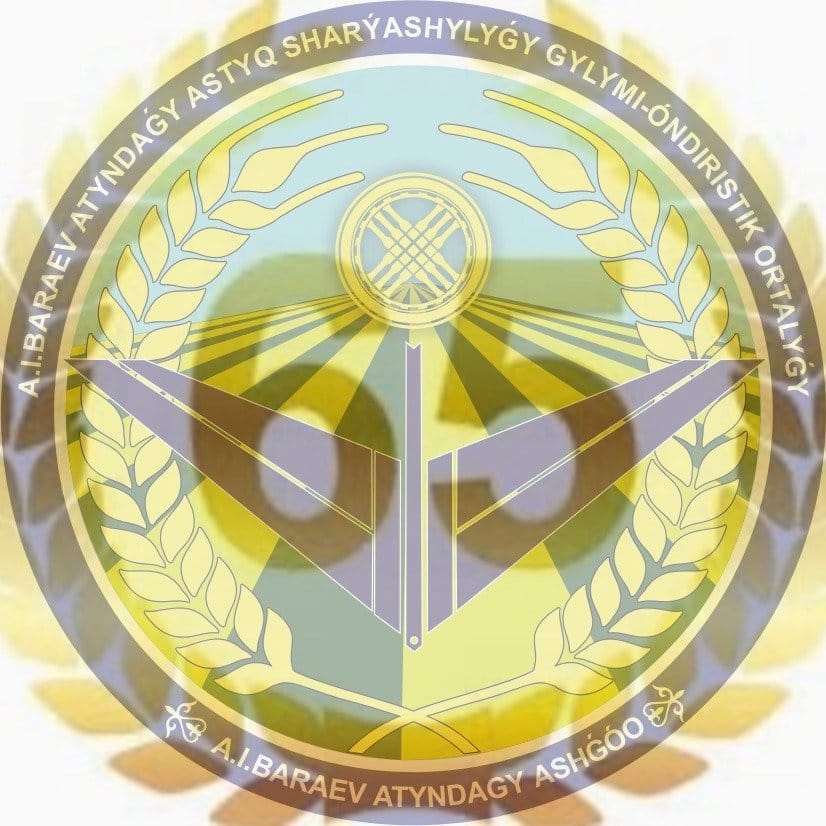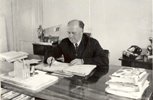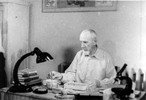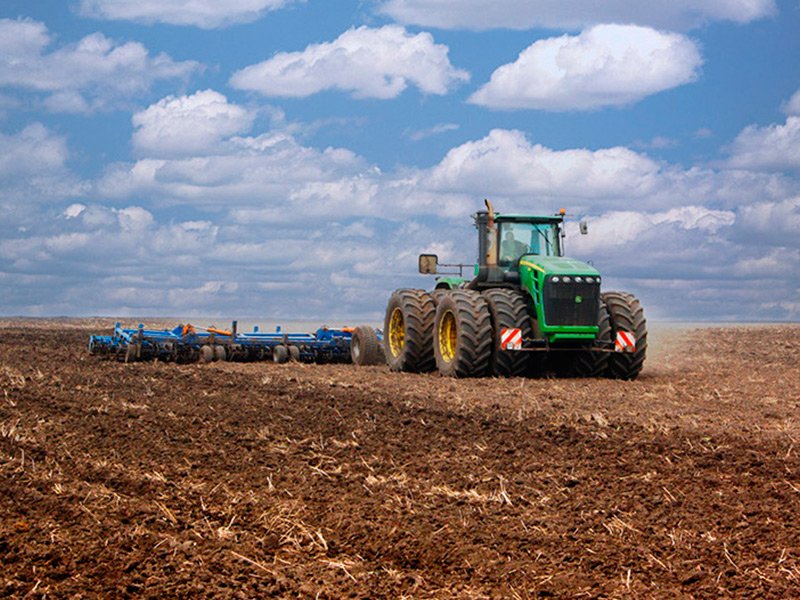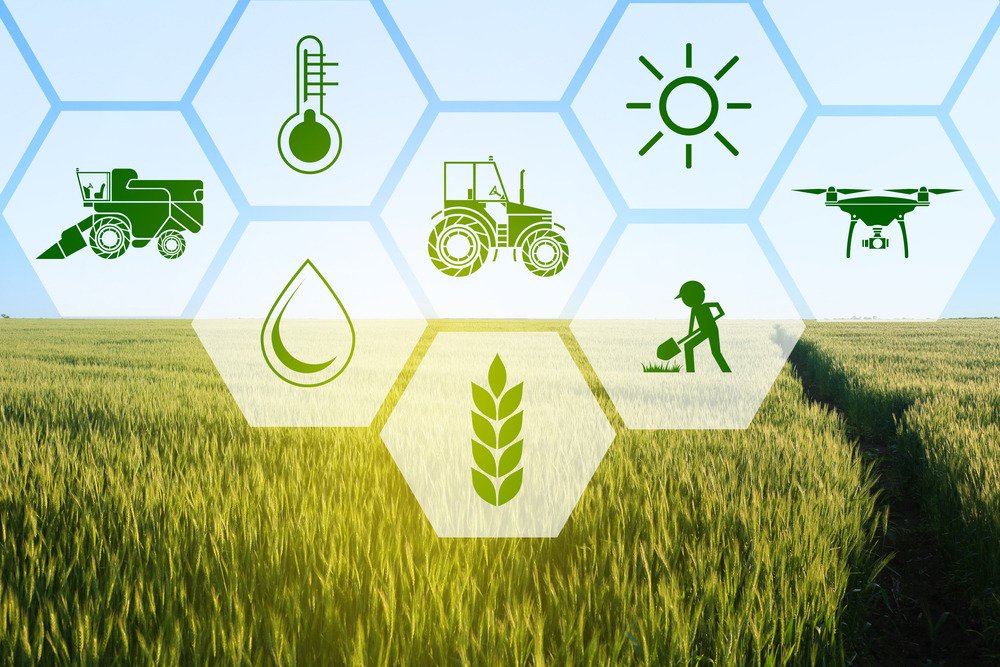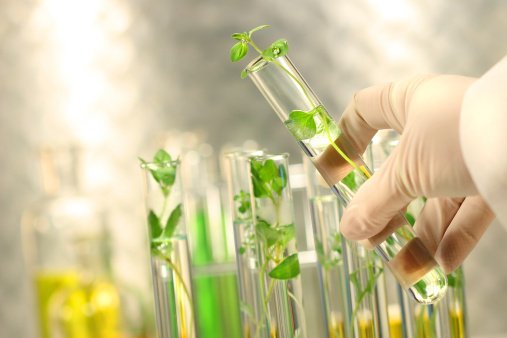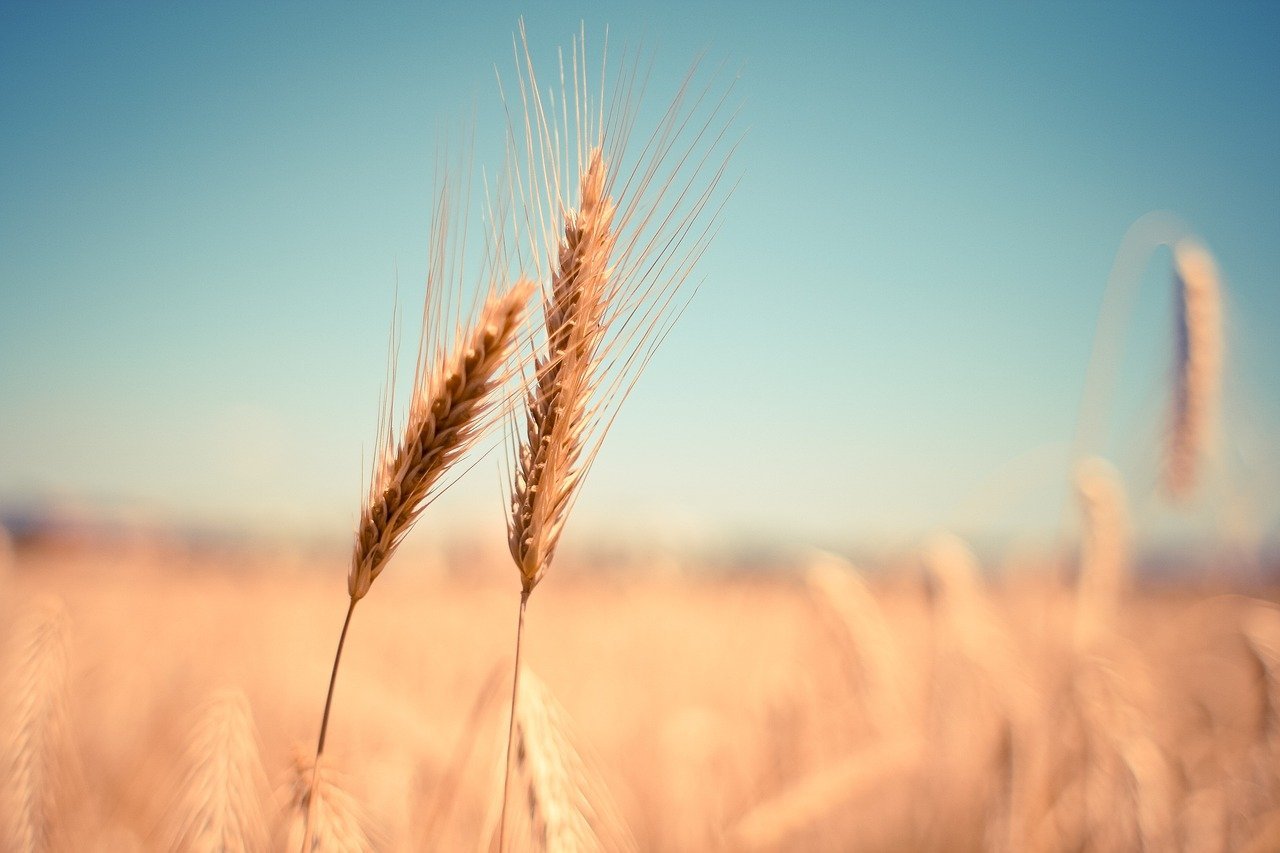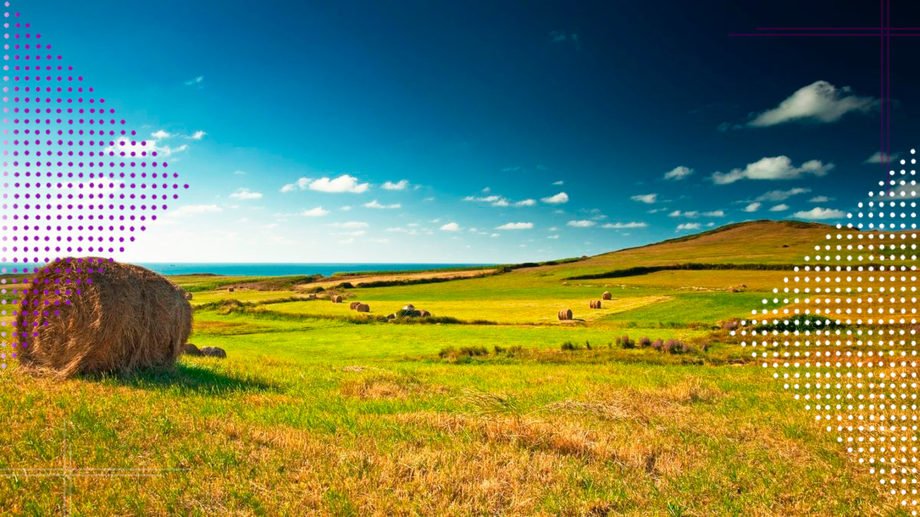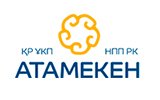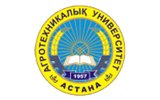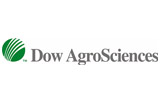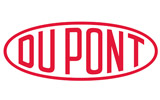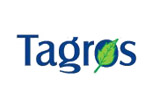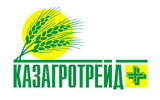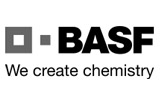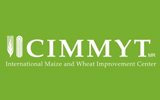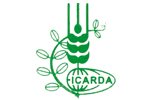TILLAGE TODAY IS A NECESSITY OR A TRIBUTE TO THE PAST
Главная / News / Main news
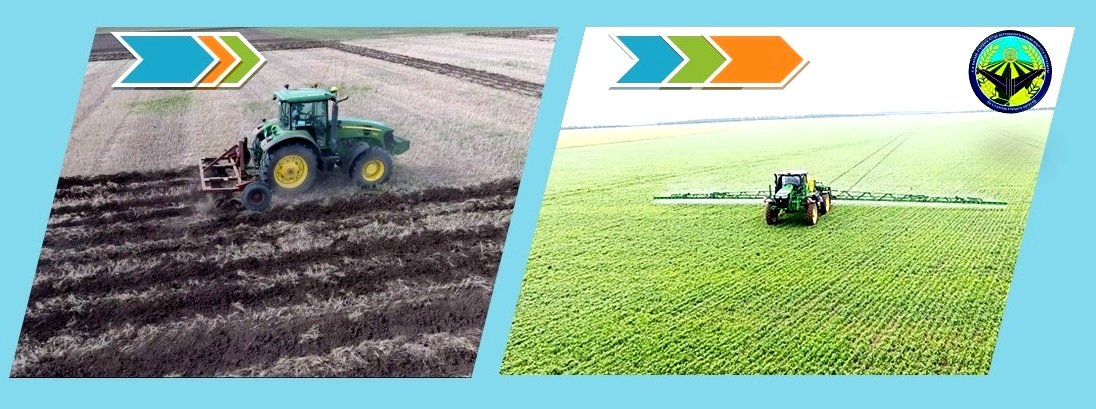
At all stages of the formation and development of agricultural production in Kazakhstan, the tillage system, as the main tool for influencing fertility, control of weeds and other harmful objects, has undergone significant transformations. From the time of the development of virgin lands to the present day, the agricultural sector of the country has experienced all the world's tillage systems in practice, learning their negative impact and adapting them to local conditions. The template transfer of tillage technologies without taking into account the local soil and climatic characteristics of the regions has always been accompanied by negative consequences, both for the ecology of agricultural landscapes and for agricultural production in general, which affected the productivity of arable land and the profitability of farmers. Among the striking examples of such consequences, it should be noted the standard introduction of dump treatment – as a result, the development of erosion processes, the loss of part of fertile land. A similar example can also be the widespread use of the No-till system and the complete rejection of mechanical processing, which in some cases led to a decrease in crop yields, and against the background of an imperfect protection system, to the massive development of diseases and pests, increased littering.
When discussing the disadvantages and negative consequences of using various tillage systems, it must be remembered that there were always both opponents and supporters of certain directions in tillage, each school had its own arguments and justification for its views. This trend continues today.
At the present stage, with the complete absence of restrictions in the choice of a particular tillage technology, as well as the presence on the market of a wide range of various tillage equipment, in the practice of farmers, one can find the use of both classical systems and many combinations of techniques related to the volumetric concept of resource-saving tillage systems. In addition to this, currently the choice of individual methods and systems of tillage is more dictated by the technical equipment and financial condition of farmers, rather than concern for fertility and potential productivity, which goes against the very concept of tillage.
All this brings us back to the question – is tillage needed today? Or is it possible to reduce the costs of this technological operation by completely abandoning it? What determines the necessity, frequency and intensity of tillage? These issues have been studied for a long time at the Scientific and Production Center of Grain Farming named after A.I. Barayev. Starting with the development of a soil protection system of agriculture for the steppe regions of Kazakhstan and Siberia, the conceptual foundations of tillage systems in the region were laid, technological requirements for agricultural machines and quality indicators of individual operations were developed. Despite climatic changes and a wide range of approaches to production management, these basic fundamentals are still relevant today. These are, first of all, tillage without formation turnover, the use of flat-cutting, chisel or cultivator-type tillage tools, maximum preservation of trash cover and plant residues on the soil surface, the use of additional moisture accumulation techniques.
The soil is a heterogeneous biogenic environment where all processes and modes are interconnected. Thus, the deterioration of one soil indicator has a negative impact on the remaining properties of the soil, leading to a decrease in its potential and productivity. At the same time, tillage in classical agriculture is considered as a powerful factor affecting soil properties and soil regimes, while simultaneously solving the problems of decompression of the arable layer, weed control, planting fertilizers and plant residues to create favorable conditions for the growth of cultivated plants. It is known that the main limiting factor in rain-fed agriculture in Northern Kazakhstan is the lack of precipitation during the growing season. In some acute arid years, the formation of the crop occurs only due to soil moisture accumulated in the autumn-winter period, therefore, tillage, like all elements of technology, should be aimed at maximum accumulation and preservation of soil moisture.
In this vein, processing is primarily necessary on soils prone to over–compaction - these are soils with a heavy mechanical texture (>45% of physical clay) and a low content of organic matter. Prolonged absence of treatment on soils of this type leads to an increase in the density of the arable layer above optimal values (>1.30 g / cm3), dense soil, especially in a moistened state, has an extremely low water-carrying capacity, which plays a negative role during snowmelt. Meltwater is not absorbed by the soil, but is consumed for runoff and physical evaporation, forming foci of water erosion. Massive runoff of meltwater in years with intense snowmelt provokes a temporary rise in river levels, which leads to the destruction of hydraulic infrastructure and flooding. As a result, the formed reserves of soil moisture are insufficient for the full growth and development of plants. As an example, we can imagine the situation of the current year, where the differences in the state of crops between the No-till technology (conducted since 2004) and traditional deep processing with additional snow retention have specific differences (Figure 1).
The choice of a tillage tool on these types of soil depends on the degree of sophistication of the soil, the timing of processing and the contamination of the background. In some years, when, after harvesting, the soil profile is dried up to the maximum shrinkage, the soil is covered with an abundant network of cracks and is able to absorb meltwater in the spring no worse than treated backgrounds, so the processing efficiency in such conditions is low. In the years with wet autumn, when the arable layer is in a moistened state during the post-harvest period, the winter treatment is extremely necessary. The lack of processing in such a situation significantly reduces spring moisture charging and moisture availability of future crops. If the processing is carried out immediately after harvesting and there are vegetating weeds on the field, the use of deep-drying plane cutters will have a high effect, which simultaneously decompress the treated layer and prune the weeds. In years with a short post-harvest period or late harvesting, when the cold treatment is carried out immediately before the onset of cold weather, the use of chisel processing or slitting will be more effective. The limitation of the depth of winter processing is dictated by the capacity of the humus horizon (A + B), which rarely exceeds 30 cm in the chernozem zones of southern and dark chestnut soils, so the work with plane cutters is mainly carried out up to 27 cm, on low-power soils the depth is reduced to 20 cm. The work of deep drillers to a greater depth leads to the rise to the surface of a less fertile transition horizon with the inclusion of the parent rock, which negatively affects the properties of the cultivated arable layer. This restriction does not apply to chisel tools and slits, whose work mainly consists in cutting vertical drains with a slight loosening effect, and therefore, to achieve a high decompression effect, these tools are used to a depth of up to 45 cm.
Carrying out high-quality winter processing must necessarily be accompanied by additional moisture storage measures, since the prepared soil in the spring period can absorb meltwater by 100-150% more than is formed during natural snow deposition. In this regard, it is necessary to use the natural feature of the region – active wind activity and the transfer of snow masses over long distances, conducting mechanical snow retention. The effectiveness of this method was proven back in the 80s of the last century and is still relevant (Figure 2).
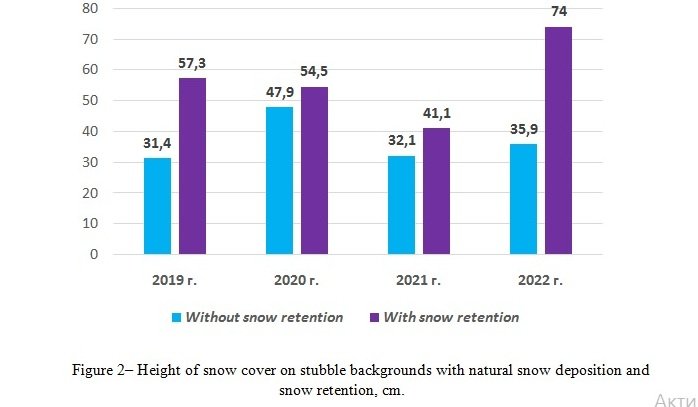
Nevertheless, it is necessary to approach the issues of additional snow accumulation with extreme caution, especially in fields with difficult terrain and sloping arable land. Excessive diligence often leads to irreversible processes of ravine formation. In fields with difficult terrain, it is necessary to select the direction of processing, strengthen drainage. The correct tactics of carrying out winter processing and snow retention can significantly increase the reserves of soil moisture for sowing (Figure 3). However, the implementation of winter processing and additional snow accumulation measures oblige to supplement the technology with operations to preserve soil moisture in the pre-sowing period, which are aimed at leveling the lumpy background and creating loose mulch on the surface, simultaneously provoking the growth of weeds. It is precisely such a complex of works on heavy soils that makes it possible to reduce dependence on the main limiting factor in the region and combat summer drought.

The aftereffect of tilling on heavy soils depends on many factors and manifests itself differently in each individual case, however, regardless of the duration of the aftereffect, the following strategy must be followed: maximum soil decompression in autumn to enhance moisture charging and small early spring tilling to close moisture in early spring.
On soils with an average granulometric content, where the content of physical clay is 30-40%, it is advisable to reduce the intensity of tillage. On soils of this type, you can actively experiment with different levels of minimization, both in terms of the depth of tilling and the frequency of its implementation. Reducing the processing depth of less than 20 cm on soils of this type is not inferior in terms of moisture accumulation efficiency to deep tilling, but significantly reduces the cost of the operation. Depending on the content of organic matter and resistance to compaction, the aftereffect of the main tilling on these soils remains whiter for a longer period, so the need for processing here and its frequency will depend more on the phytosanitary condition of the backgrounds and tactics of building a plant protection system, primarily against weeds. Regardless of the level of minimization, all the basic elements of the technology aimed at maximizing the accumulation and preservation of moisture on soils of medium mechanical content must also be observed. It should be especially emphasized that the more physical sand in the soil, the more it is subject to unproductive consumption of soil moisture in the pre-sowing period, therefore, special attention should be paid to moisture conservation measures here. Early spring harrowing on such soils will be effective not only on treated backgrounds with snow retention, but also on stubble precursors, since in years with early spring and high daytime temperatures, accompanied by dry winds, the soil is intensively dried up. The creation of loose soil mulch slows down such negative processes.
The practice of many farmers has shown that successful application of technologies close to the classical No-till concepts is possible on soils of this type. However, for a successful long-term practice of No-till, it is necessary to move away from the monoculture of cereals, the introduction of crops with different biology into rotation, as well as qualified support of specialists in chemical plant protection. The complete rejection of mechanical treatment entails the increased development and spread of harmful objects, the successful fight against which is possible only with constant monitoring and planning of a multi-stage integrated chemical protection system. Such approaches to production are associated with high environmental loads both on the soil and on the final products, the requirements for which are becoming higher over time.Nevertheless, due to the steady dynamics of rising prices for plant protection products, No-till does not withstand economic competition with traditional approaches, both in productivity and in the cost of production, so a reverse transition to minimal and traditional technologies is inevitable..
In the last decade, farmers have been interested in alternative farming systems based on the principles of biologization and ecologization. In these systems, the primary role in the regulation of phytosanitary conditions and soil fertility management is also assigned to the tillage system.
A retrospective review of the problems of tillage, its necessity and expediency shows that tillage in the agricultural system has always been and remains an actual and effective tool of regulation in the cultivation of agricultural crops in the agricultural regions of Kazakhstan.
In real conditions, the farmer independently determines the strategy of farming, issues of application or refusal of tillage, nevertheless, the criteria for choosing the right approach to this issue, justified by long-term practice, are certainly available.




